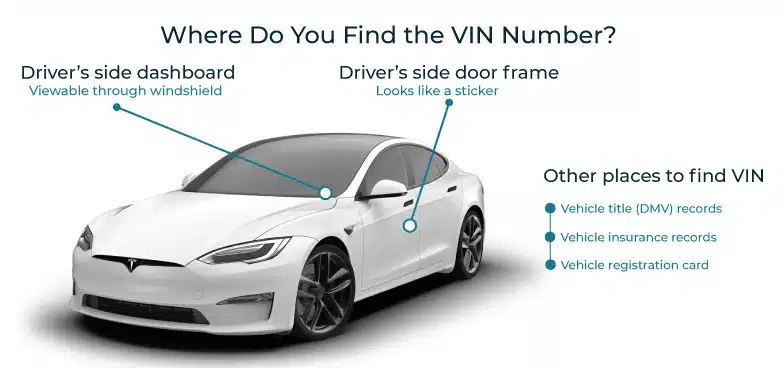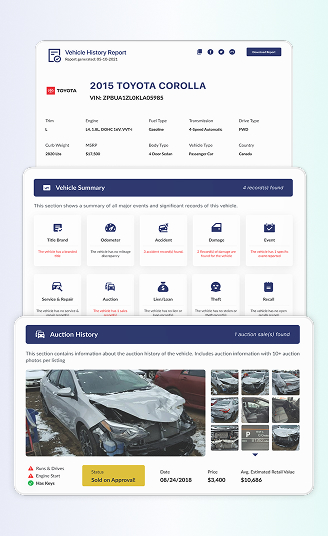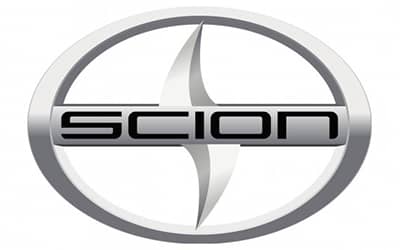
Scion Recall Check
Check your Scion recalls by VIN to uncover safety defects, risks, and available remedies. Simply enter your Vehicle Identification Number (VIN) to see repair details, claim free fixes, and maintain your car’s safety and value.
What is a Scion Recall?
Scion was Toyota’s youth-oriented offshoot with affordable, quirky, easy-to-personalize ride vibes, like the xB, tC, and FR-S. It targeted first-time buyers with simple pricing and a fun vibe. In 2016, Toyota folded Scion back into the Toyota brand; models were rebadged (from FR-S to Toyota 86), while dealer service and support continued under Toyota.
Even though Scion is discontinued, safety doesn’t expire. Toyota still supports recall repairs. A Scion recall means Toyota or the National Highway Traffic Safety Administration (NHTSA) identified a safety defect or standards issue; the manufacturer must notify owners and provide a no-cost remedy to fix the risk.
Why You Should Check the Scion Recall History?
A recall on a car happens when the manufacturer identifies a safety-related defect or violation of safety standards in their vehicles. The purpose of recalls is to prevent accidents, injuries, or fatalities caused by defects in the vehicle.
Below are some reasons why you should check the recall:
Avoid Unsafe Scion
Before you commit, review your Scion’s recall history. It can reveal safety-critical issues (including airbag problems) that aren’t obvious on a test drive. Complete the no-cost repairs, protect your resale value, and enjoy the assurance that your Scion meets federal safety standards so every trip feels secure.
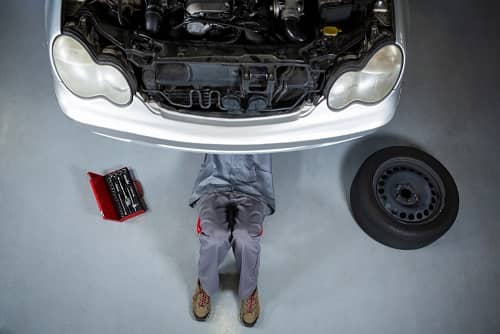
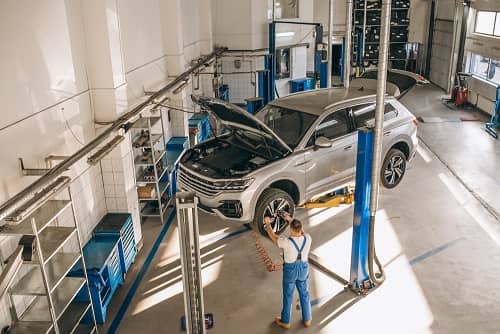
Compliance
Before you buy a Scion, run a recall check. Manufacturers must notify owners and provide free repairs for safety defects, and confirming recall status protects you from legal headaches, supports your insurance coverage, and preserves value. A Scion with open recalls may be out of compliance with federal standards, which can complicate ownership and resale later.
Avoid Out-of-Pocket Repair Bills
A quick Scion recall check protects your wallet and your reputation. Open recalls get repaired by the manufacturer at no cost, so you avoid paying out of pocket for issues that should be free. Close them, keep the receipts, and your Scion’s resale story improves. Buyers love a clean bill of health, and documented recall completion can nudge your price higher and make the sale smoother.

How to Run Scion Recalls?
Discovering your Scion recall report is just a minute away! Follow these easy steps to get the information you need quickly and effortlessly:

Locate Your Scion VIN
You'll need your VIN ready. Look through the windscreen at the driver’s side dashboard, check the driver’s door jamb, or review your registration and insurance. Our tool supports every Scion: subcompacts, hatchbacks, sedans, sports cars, and older classics.


Fill in the Form
Type your VIN in the box above. No VIN handy? Use your license plate number instead.


Receive Your Scion Recall Report
We’ll generate the results instantly and show any open recalls right away.
What is on the Scion Recall Check?
Inside your Detailed Vehicle History report, the Scion recall check lists every safety recall linked to your vehicle. For each item, you’ll see the announcement date, the affected component, and the recommended next steps so you know exactly what to do next.
Explore the details below for more information:
- Date of recalls: Shows when Scion and NHTSA issued the recall, helping you judge urgency and confirm our data is timely, accurate, and decision-ready.
- Affected Component: Identifies the exact Scion part involved, so you know what’s wrong and can discuss repairs confidently with any dealer or mechanic.
- Remedy: Details the manufacturer’s free fix. You’ll see where to go and what’s covered, reducing hassle and avoiding out-of-pocket surprises.
- Next step for the affected Scion: Confirm if your Scion is listed under the recall and schedule repairs. With a complete Vehicle Report, you’ll also see past recalls and repair status.
A Scion vehicle history report also includes mileage records, title check records, accident records, theft records, and many more. Review the records below to see more:
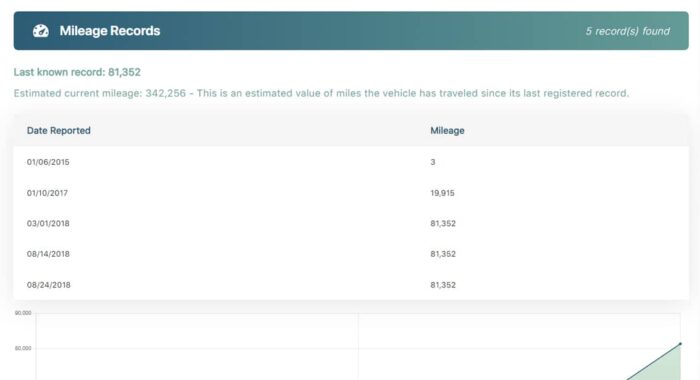
Odometer Readings
Mileage logs flag rollbacks and support maintenance planning. Accurate readings also help your service advisor’s time recall-related inspections alongside routine service.
Title Check Records
Title brands matter. From salvage, flood, rebuilt, lemon. A branded-title Scion may still qualify for safety-recall fixes, but disclosures and insurability can change. Your report makes the legal picture clear.


Accident Records
See any crash or damage events tied to your Scion’s VIN. This helps you spot prior impacts that may relate to recall symptoms (say, sensor/camera issues after a rear hit) and negotiate price or repairs confidently.
Theft Records
VIN-based theft checks protect you from buying a Scion with an active theft record or questionable history. Giving you peace of mind

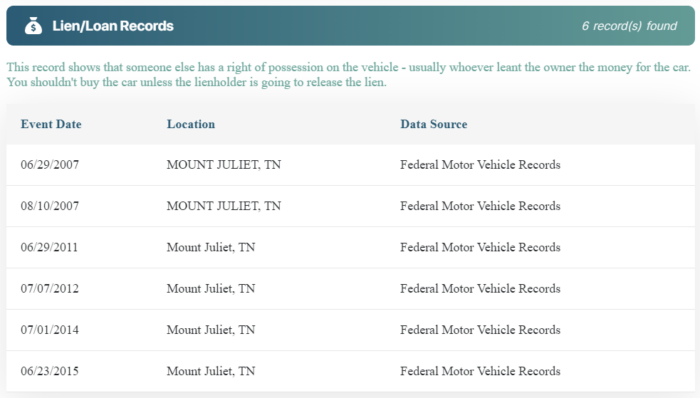
Loan & Lien Information
Open liens can complicate sales or reimbursement claims. Know the loan/lien status of the Scion before you buy or list.
Ownership Records
Ownership count, dates, and locations paint a clearer picture of how the Scion was used and cared for. Useful when pairing recalls with wear/tear patterns.
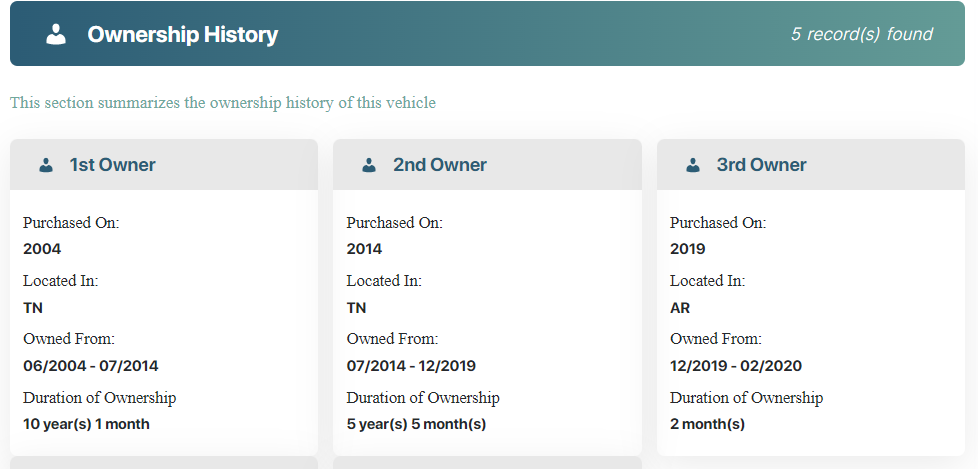
Common Issues Leading to Scion Recall
Here are some common safety-related problems that have led to recalls on Scion models over the years. Each recall involves a specific defect that the manufacturer or NHTSA has identified as a potential safety risk.
Let’s break down some of the most significant ones in a way that’s easy to understand.
Airbags & Safety Restraint Systems (SRS) Issues
Airbag Control Module Failure — NHTSA 18V-776
In some older Scion xA (2004–2006) models, there was a problem with the airbag control module (the brain of the airbag system). It could cause a short circuit inside the system.
If this happens, the airbags and seatbelt pretensioners (the part that tightens your seatbelt in a crash) may not work when they’re supposed to. They might either not deploy at all or deploy unexpectedly.
The solution was to replace the airbag control module. Toyota sent out letters to affected owners, and repairs were done at no cost.
Takata Airbag Inflators — NHTSA 19V-005
Various Scion Models (2014–2015) are part of the massive Takata airbag recall, which affected many car brands. The problem with the airbag inflators is that, over time, the chemical propellant inside can degrade and cause the inflator to explode when the airbag deploys.
If the airbag inflator explodes, sharp metal fragments can fly into the cabin, which could cause serious injuries or even death. Toyota replaced the faulty inflators with new ones. This recall was a big deal, and Scion owners were notified to get it fixed for free.
Airbags Not Deploying Correctly — NHTSA 06V-096
Some Scion tC (2006) models had airbag inflators that didn’t have enough of the chemical needed to deploy properly. In the event of a crash, the airbags might not inflate as expected, which could increase the chances of injury. Affected airbags were replaced to ensure they would deploy properly during a crash.
Brakes Issues
Faulty Brake Hoses in TRD Kits — NHTSA 18E-091
Some of the Scion tC (2011–2016) and xB (2008–2015) owners had aftermarket Toyota Racing Development (TRD) brake kits installed, and the brake hoses in these kits could weaken over time. If the brake hoses fail, you could lose braking performance, which is obviously a huge safety risk.
Toyota replaced the faulty brake hoses with better-quality ones to restore proper braking performance.
Brake Vacuum Freezing — NHTSA 09V-338
In extremely cold conditions, moisture in some of the Scion xD (2008–2009) brake vacuum systems could freeze, blocking the vacuum suction. If the vacuum system fails, it could increase the distance needed to stop the vehicle, which is especially dangerous in snowy or icy conditions.
Toyota upgraded the brake system to prevent freezing and ensure proper braking in cold weather.
Electrical Systems Issues
Power Window Switch Failure — NHTSA 12V-491 & 15V-689
Some Scion xB, xD models had problems with their power window master switches, where the switches could overheat. If the switch overheats, it could melt, and in the worst case, cause a fire.
Toyota replaced the faulty window switches to prevent any fire hazards.
Other Notable Issues
Improperly Attached Accessories — NHTSA 14V-828
Certain Scion tC (2006) Scion models had accessories like running boards attached incorrectly by Southeast Toyota Distributors (SET). The fasteners used weren’t torqued to the correct level, making them less secure. This could cause the accessories to detach while driving, creating a safety hazard.
The fix was simple: the accessories were reinstalled with the correct torque to ensure they stayed secure.
Incorrect Load-Capacity Labels — NHTSA 16V-236
Some Scion FR-S, tC (2016) models had incorrect load-carrying capacity labels. These labels didn’t show the right weight limits, which could lead owners to overload the vehicle. Overloading a vehicle can affect its handling and braking, which could increase the risk of an accident.
Toyota replaced the incorrect labels with the proper ones that showed the correct weight limits.
Understanding the Scion Recall Process
NHTSA reviews safety complaints and, when a defect is confirmed, the automaker must issue a recall under NHTSA oversight. You can then check your Scion by VIN and get a free remedy at a dealer.
Discover the full breakdown of the Scion Recall Process below:
Report the Problem
Notice something unsafe on your Scion? File a complaint with NHTSA. Your report is logged, compared across VINs, and helps trigger formal investigations.
Investigation
Once a complaint is submitted, the NHTSA follows a multi-step process to determine whether a recall is necessary.
- Screening: NHTSA’s Office of Defects Investigation reviews patterns in complaints and other data.
- Analysis: Defect petitions are reviewed in detail. If denied, the decision and reasoning are publicly posted in the Federal Register.
- Investigate the Issues: When Scion’s safety concerns are confirmed, NHTSA launches a formal investigation, ending in either no defect or a recall.
- Recall Management: NHTSA ensures owners are notified and monitors repair completion rates.
Recalls
A safety recall means the manufacturer must inform owners and correct the problem. Recalls happen when a vehicle or component is unsafe or doesn’t meet regulations. Most are voluntary, and manufacturers are required to repair, replace, refund, or buy back the affected vehicle.
How Scion Vehicle Recalls Are Handled?
When a safety issue occurs in a Scion, three key groups are involved in the recall process: the manufacturer/ automaker, NHTSA, and you, as the vehicle owner. They work together to detect defects, notify drivers, and ensure repairs are completed to keep vehicles safe.
Automaker Role
Scion was a Toyota brand (2004–2016), so Toyota now manages Scion recalls. When a concern pops up through testing, warranty data, or customer reports. Toyota investigates the root cause and decides if a safety recall is needed.
They design the fix, line up parts, and write repair instructions for dealers. They also prepare owner letters and update their recall/VIN tools. Dealers then perform the repair at no charge and log it to your VIN so the record is clear. Toyota reports progress and completion rates, and if parts are limited, they phase the campaign so the highest-risk cars are handled first.
Simple goal: reduce risk and get your Scion safely back on the road.
NHTSA’s Role
NHTSA is the referee and watchdog. They collect complaints, analyze patterns, and can open formal investigations if something looks unsafe. If a defect is confirmed, NHTSA oversees the recall process and monitors whether Toyota’s remedy really fixes the hazard.
They publish recall details and host a public VIN lookup so you can see if your Scion has an open campaign. NHTSA also tracks completion rates and can push for faster action or stronger communication if repairs lag.
Think of them as the independent safety net that keeps everyone honest and keeps information transparent for the public.
Your Role as the Vehicle Owner
Your role is straightforward but important. First, find your VIN (windscreen base, driver’s door jamb, registration/insurance).
Run a Scion recall check, then read the notice carefully. Book the free repair with a Toyota dealer and ask about towing or a loaner if the notice says “do not drive.” Keep the repair receipt with your records; it helps with resale and peace of mind.
If you already paid for a related repair before the recall, ask about reimbursement. Bring invoices. And if you move or buy a used Scion, update your address and run the VIN again. A few minutes of effort can prevent a big risk.
Get Scion Window Sticker by VIN
Level up your Scion Recall Check with a factory Scion Window Sticker by VIN. See the car exactly as it left the showroom: model/trim, engine and transmission, original options and packages, interior/exterior colors, safety equipment, EPA fuel economy ratings, and the original MSRP. It’s the easiest way to confirm the seller’s story, spot missing features, and understand real value.
Pair the sticker with your recall results for a fuller picture. Safer choices, smarter pricing, fewer surprises.
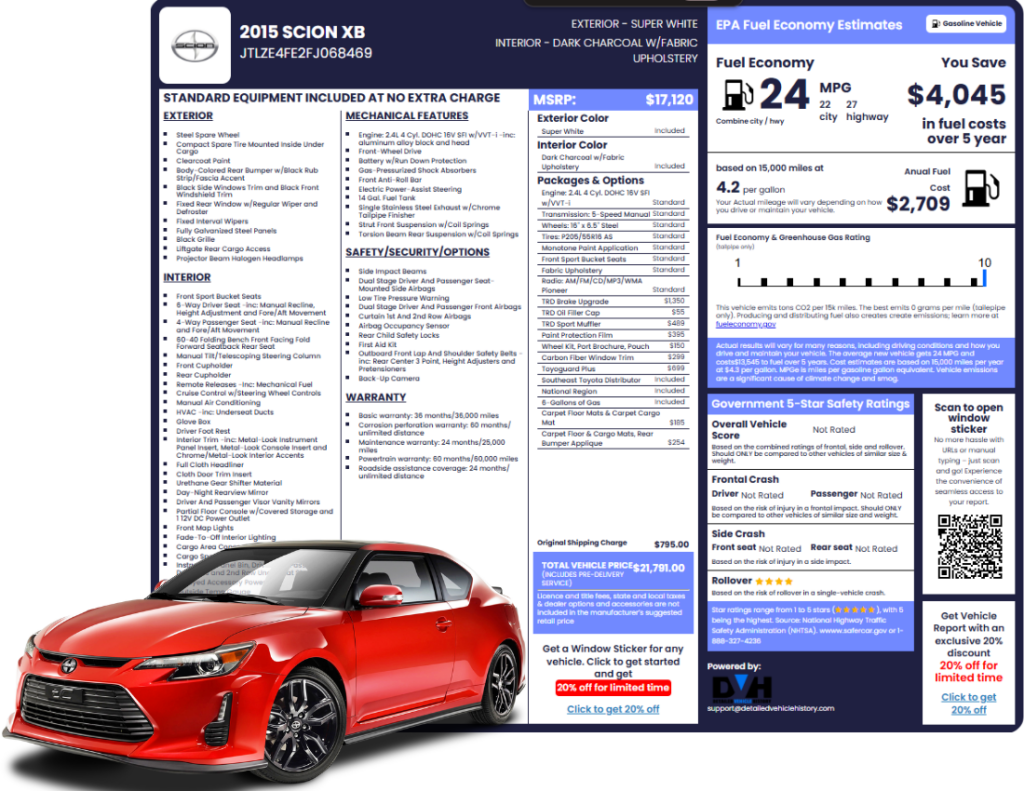
Why Use Detailed Vehicle History to Check Scion Recall?
Scion may be a retired Toyota sub-brand, but safety never retires. Our Scion Recall Check pulls open and past recalls with dates, affected parts, and remedy notes, then goes further. In one Detailed Vehicle History report, you’ll also see title brands, liens, odometer readings, accident and damage records, theft checks, service entries, ownership changes, and even auction photos when available.
It’s the full story behind the badge, so you can verify claims, avoid costly surprises, and negotiate with confidence.
Recall Check For Others Manufacturers
FAQ about Scion Recalls Check
Is a Scion recall free?
Yes. Safety recalls are free at authorized Toyota/Scion dealers, regardless of warranty or owner history. Federal law requires a no-cost remedy.
How do I check if my Scion has an open recall?
Detailed Vehicle History provides Recall information by entering either the VIN Number or the License Plate of the vehicle you want to check.
To use this service, enter your Scion’s license plate number or VIN on the website, and after a few steps, you will get a report that will provide you with a complete history of the vehicle, including any recall issues, accident history, maintenance records, and other essential information.
What happens when Toyota recalls your car?
NHTSA investigates safety problems and, if needed, a recall is launched. Toyota then notifies owners, provides a free remedy, and dealers perform the fix and record it to your VIN. Your job is to check your VIN, book the appointment, and get the free repair.
Can I still drive my Scion car if it has a recall?
Scion is a Toyota sub-brand, so Toyota handles Scion recalls. You can usually keep driving while you book the free fix, unless the notice says “Do Not Drive.” If it’s a stop-drive recall, park the car until repaired.
What should I do if my Scion car is recalled and can’t be fixed?
If the status shows “Remedy Not Yet Available,” ask a Toyota dealer to add you to the parts waitlist and check your VIN again each week. By law and policy, recalls are free, and the remedy may be a repair, replacement, or refund once available.
Why is Toyota recalling so many cars?
Recalls address safety and compliance issues across the industry. Toyota has faced scrutiny over recall volume, and millions of U.S. drivers were affected by vehicle recalls in 2024 alone. That’s why checking and closing recalls matters for every owner.
Does a recall affect my Scion car’s warranty, insurance, or resale value?
Recalls themselves don’t void your warranty or insurance. But leaving a recall open can hurt resale value because buyers worry about safety. Getting the free fix quickly protects both safety and value.

